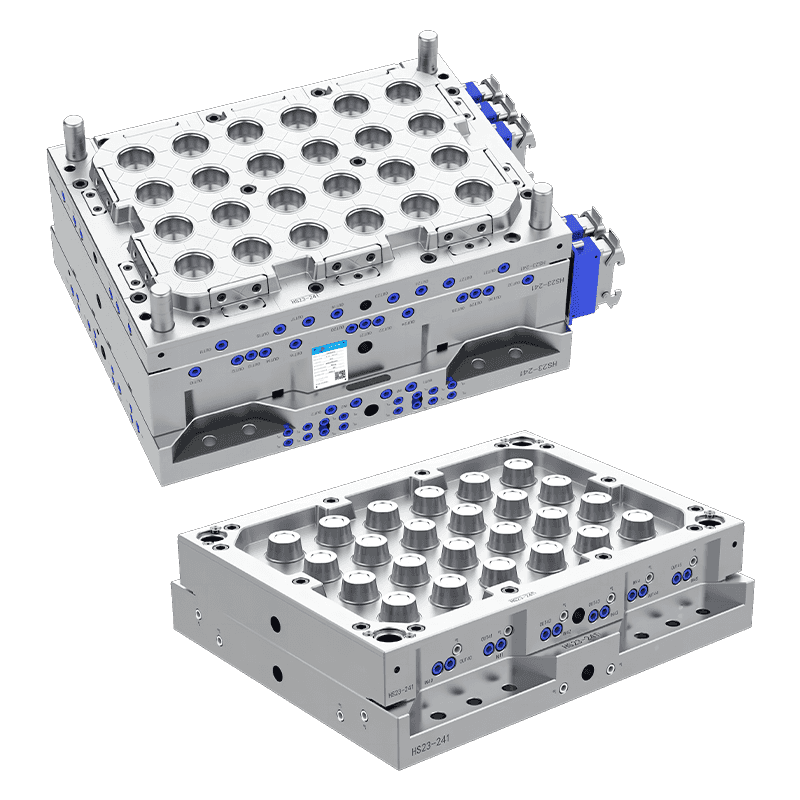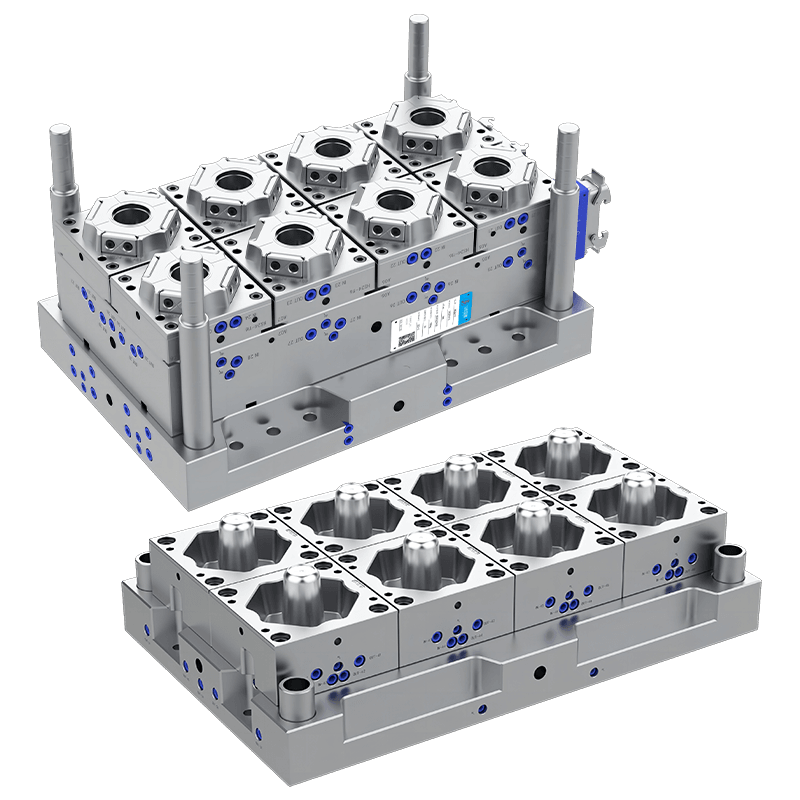An Overview of Plastic Three Grid Box Mould Making and Large Plastic Mould Makers
Plastic moulding is an essential manufacturing process that shapes plastic materials into various products, from simple household items to complex industrial components. Two significant aspects of this process are the creation of plastic three-grid box mould and the role of large plastic mould makers.
Plastic Three Grid Box Mould Making Company
Plastic three-grid boxes are commonly used for storage and transportation due to their durability and versatility. The Plastic three-grid boxes mould making process for these boxes involves several critical steps to ensure the final product meets quality and design standards.
The process begins with designing the mould. For a plastic three-grid box, the Plastic Three Grid Box Mould Making Company needs to include compartments that divide the box into three distinct sections. This design must be precise to ensure that the compartments are correctly sized and aligned. Computer-aided design (CAD) software is often used to create detailed mould blueprints, which are then used to manufacture the mould itself.
The Plastic Three Grid Box Mould Making Company is typically made from high-grade steel or aluminum, chosen for their durability and ability to withstand high pressures and temperatures. Once the design is finalized, the material is machined to create the cavity shapes that will form the box’s compartments. Precision is crucial at this stage to ensure that the compartments fit together and the box performs as intended.
After machining, the Plastic Three Grid Box Mould Making Company undergoes several tests to check for any defects or inconsistencies. It is then fitted into an injection molding machine. During the injection molding process, plastic pellets are melted and injected into the mould under high pressure. The molten plastic fills the cavities, taking on the shape of the three-grid box. Once cooled and solidified, the mould is opened to reveal the finished product. The entire process is repeated for mass production, ensuring consistency and quality across all units.
Large Plastic Mould Makers
Large plastic mould makers are specialized manufacturers that create mould for producing large plastic components. These mould are used in a range of industries, including automotive, construction, and consumer goods. The role of large plastic mould makers is critical in ensuring that these components are produced efficiently and meet high-quality standards.
Creating Large Plastic Mould Makers involves several complex processes. The step is to design the mould based on the specifications of the component it will produce. This design phase is crucial, as it determines the mould's capacity to handle the large dimensions and specific features of the component. Advanced CAD software is employed to design the mould with precision, accounting for factors like cooling channels, ejection systems, and material flow.
Once the design is approved, the mould is manufactured from high-strength materials, such as hardened steel. The construction of Large Plastic Mould Makers requires sophisticated machining equipment and techniques to achieve the necessary precision and durability. The mould are often assembled in multiple parts due to their size and complexity.
After manufacturing, the Large Plastic Mould Makers undergoes rigorous testing to ensure it performs correctly and produces high-quality components. This testing phase checks for issues such as uniformity, strength, and dimensional accuracy. Once tested, the mould is used in injection molding machines to produce large plastic parts. These machines must be capable of handling the size and weight of the mould while maintaining precise control over the injection process.
Large plastic mould makers must also manage various logistical challenges, including the transportation and installation of large mould. The success of this process relies on skilled craftsmanship, advanced technology, and careful management to ensure that the final products meet industry standards and customer expectations.
Contact Us
Email: [email protected]; Or fill out the contact form below.

 English
English 中文简体
中文简体 русский
русский Español
Español Français
Français




